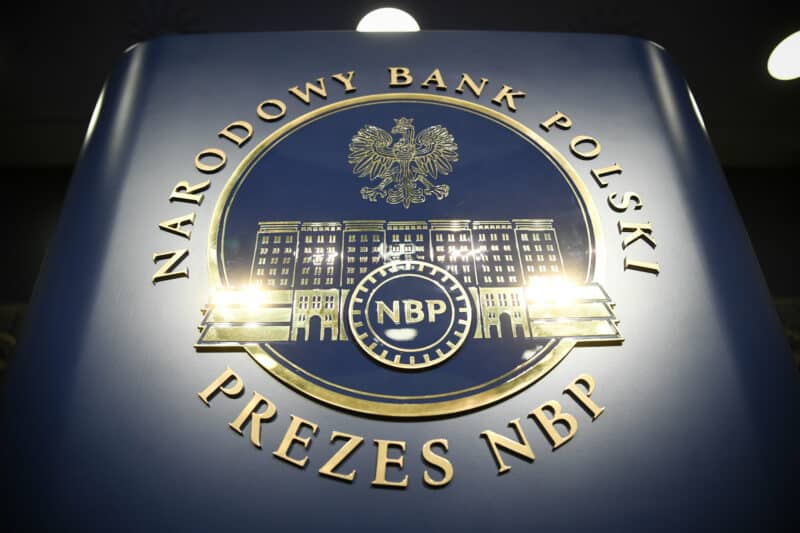The lack of interest rate changes at the first meeting of the Monetary Policy Council (RPP) this year was no surprise to anyone. The tone from President Glapiński suggests that the Council is in a wait-and-see mode, focusing on inflation uncertainty, which is very pronounced for the second half of the year. We will have to wait for the next interest rate cuts.
President Glapiński began the conference with an optimistic statement about price dynamics. During his speech, he repeatedly insisted that decision-makers expect a noticeable decrease in the near future. According to his statement, inflation should be within the target limits or close to it by March – the President even outlined the possibility that it could be in the middle of the target (2.5%). Nevertheless, he also stressed that inflation will increase significantly in the second half of the year, emphasizing the uncertainty of the influence of regulatory factors and the strength of economic rebound on its future shape. He also drew attention to the government’s loose fiscal policy.
Glapiński signaled that the Council remains dependent on data and operates “from month to month”. He also noted that RPP is not “in any cycle”, thus confirming that the bank is not on autopilot and that an increase in rates cannot be entirely ruled out (although he himself considered such a possibility unlikely).
January’s press conference led by the President NBP was dynamic – it started somewhat dovishly and ended in a hawkish manner. This turn was reflected in the pricing of FRA contracts and the zloty exchange rate. The market slightly reduced expectations for interest rate cuts, and the EUR/PLN exchange rate fell below the pre-conference level after a momentary rise. However, it is worth noting that the changes in the exchange rate were very small and oscillated within the 1-groszy limit.
While the President did not say this directly, his veiled message clearly suggests that interest rate changes should not be expected in the first quarter. Although we believe that 2024 will end with lower interest rates than currently, uncertainty around inflation means that drafting precise scenarios for rates carries considerable risk.
Further signals from data and price regulations should be closely observed, as the actions (or lack thereof) of the RPP are, in our opinion, one of the most important factors determining the zloty exchange rate in 2024. The ongoing reluctance to cut rates on the part of the Council could strengthen the Polish currency, especially in an environment where other central banks, including the most important in the world, will be making such cuts.
Author: Roman Ziruk – Senior Analyst at Ebury
